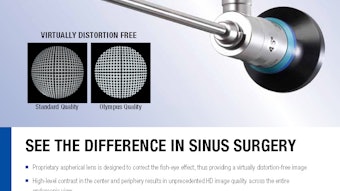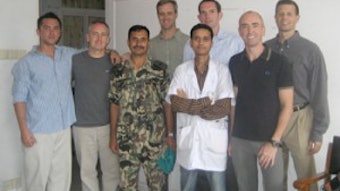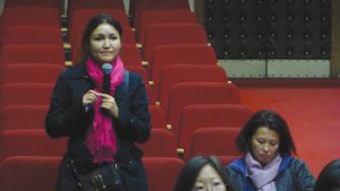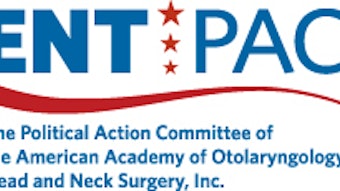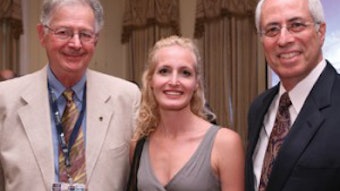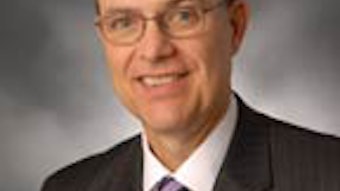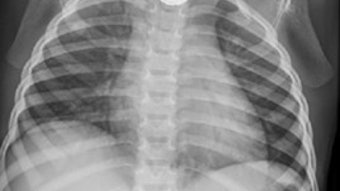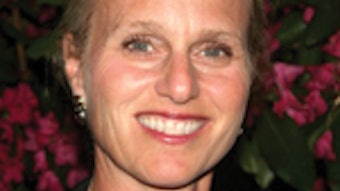Global Outreach Project in Harare, Zimbabwe
Levi G. Ledgerwood, MD A recent focus in global health is to address the portion of global burden of disease with a surgical cure. Cleft lip and palate, and congenital deformities represent a large portion of this burden, and require a level of expertise not routinely found in many locations worldwide. Nowhere is this more true than in Zimbabwe. Operation of Hope is a non-profit organization that for 20 years has provided life-changing surgeries to people with cleft lip and palate deformities. Travis T. Tollefson, MD, MPH, and I recently had an opportunity to travel to Harare, Zimbabwe, as part of a seven-year-old project to foster a multidisciplinary team to provide support and education on surgical repair of these congenital deformities. Our trip to Harare included 10 days of surgery at the Harare Central Hospital, a tertiary care center that serves the poorer portion of the population of Harare and smaller neighboring cities. More than 200 children with various congenital malformations, many of whom had traveled several days to attend our screening clinic, greeted us. During our stay, the team performed more than 50 primary cleft lip and palate repairs, along with many other minor surgical procedures. The look on parents’ faces when they saw their child for the first time after a cleft lip repair highlighted the profound personal affect of these surgeries for the patients and their families. However, the team is striving to improve upon the traditional vertical surgical mission paradigm. The collaborative team includes nurses, anesthesiologists, and others who contribute with lectures, supplies, and funding. The project also includes ongoing collection of surgical outcomes and determining a geospatial distribution of the congenital facial deformities in Zimbabwe. This mission also enabled us to work with and train several local surgeons in cleft lip and palate repair. In collaboration with host country maxillofacial surgeons and residents, we have developed relationships for the ongoing care of these children. Such continuity is paramount to the success of any ongoing project, since so much of the care of these children takes place after the two-week project. Overall, this experience was a powerful reminder of the stark contrast between medical care in the United States and developing nations. Operation of Hope has developed connections with the local government and community to obtain equipment and supplies for the mission, and continues to contribute to the medical community in Harare despite the political turmoil in the country. This important project in Harare has left an obvious mark on the community—one that can be seen in the smiles of all the children we have had the honor help there.
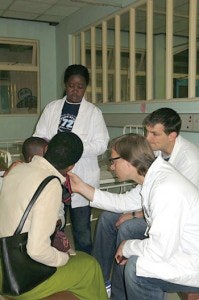 Drs. Tollefson and Ledgerwood examining a post-op patient at Harare Central Hospital, Harare, Zimbabwe.
Drs. Tollefson and Ledgerwood examining a post-op patient at Harare Central Hospital, Harare, Zimbabwe.Levi G. Ledgerwood, MD
A recent focus in global health is to address the portion of global burden of disease with a surgical cure. Cleft lip and palate, and congenital deformities represent a large portion of this burden, and require a level of expertise not routinely found in many locations worldwide. Nowhere is this more true than in Zimbabwe.
Operation of Hope is a non-profit organization that for 20 years has provided life-changing surgeries to people with cleft lip and palate deformities. Travis T. Tollefson, MD, MPH, and I recently had an opportunity to travel to Harare, Zimbabwe, as part of a seven-year-old project to foster a multidisciplinary team to provide support and education on surgical repair of these congenital deformities.
Our trip to Harare included 10 days of surgery at the Harare Central Hospital, a tertiary care center that serves the poorer portion of the population of Harare and smaller neighboring cities. More than 200 children with various congenital malformations, many of whom had traveled several days to attend our screening clinic, greeted us. During our stay, the team performed more than 50 primary cleft lip and palate repairs, along with many other minor surgical procedures. The look on parents’ faces when they saw their child for the first time after a cleft lip repair highlighted the profound personal affect of these surgeries for the patients and their families. However, the team is striving to improve upon the traditional vertical surgical mission paradigm. The collaborative team includes nurses, anesthesiologists, and others who contribute with lectures, supplies, and funding. The project also includes ongoing collection of surgical outcomes and determining a geospatial distribution of the congenital facial deformities in Zimbabwe.
This mission also enabled us to work with and train several local surgeons in cleft lip and palate repair. In collaboration with host country maxillofacial surgeons and residents, we have developed relationships for the ongoing care of these children. Such continuity is paramount to the success of any ongoing project, since so much of the care of these children takes place after the two-week project.
Overall, this experience was a powerful reminder of the stark contrast between medical care in the United States and developing nations. Operation of Hope has developed connections with the local government and community to obtain equipment and supplies for the mission, and continues to contribute to the medical community in Harare despite the political turmoil in the country. This important project in Harare has left an obvious mark on the community—one that can be seen in the smiles of all the children we have had the honor help there.

